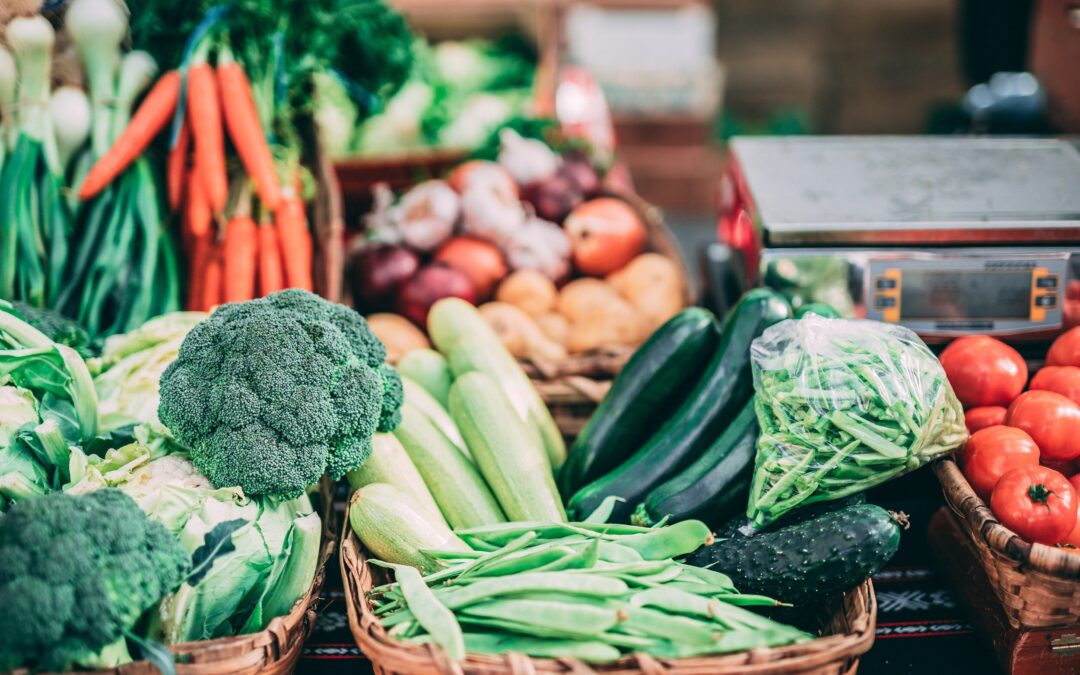Here are my top 7 tips to help you successfully navigate Veganuary and beyond:
-
Eat a rainbow of vegetables and fruit to ensure you incorporate a wide range of vitamins and minerals into your diet. This will keep your friendly gut bugs happy too. Use my handy rainbow chart for inspiration of new vegetables and fruit to try, portion size information and much more – aim to eat at least 6 portions of vegetables and 1 portion of fruit a day if you can
-
Incorporate higher fibre, starchy foods (oats, sweet potato, wholemeal bread, wholewheat pasta and brown rice) at every meal, choosing wholegrains rather than refined grains
-
Eat nuts and seeds daily – especially those rich in omega 3 fats (almonds, brazils, walnuts, flax, pumpkin or chia seeds) – and calcium-rich foods daily (green leafy veg, watercress, nuts, sesame seeds, tofu, wholegrains and apricots are all good sources)
-
eat a good quality and variety of different sources of protein at most meals: try incorporating beans, lentils, chickpeas, tofu, tempeh, soya alternatives to milk and yoghurt at each meal
-
Remember that “ready meal” or processed vegan foods (e.g. vegan sausages) are likely to contain as much sugar, salt, saturated fats or artificial flavouring as non-vegan ready meals. If you need a break from cooking, try Deliciously Ella’s frozen ready meals -available from Sainsburys and Ocado – and snacks available from their online shop and most supermarkets
-
Be sure to drink plenty of water to keep you hydrated and enable the increased fibre (from the additional vegetables, wholegrains and fruit) moving through your gut, preventing bloating and/or constipation
-
If you need vegan recipe inspiration, try the Vegan Society recipes here or recipe books by Anna Jones, Deliciously Ella and Rukmini Iyer’s The Green Roasting Tin.
Need a hand navigating a vegan or plant-based lifestyle? Why not arrange a free call to see how I can help – go straight to my diary here
